The Article
Bronze 50 Speakers From Monitor Audio
12th March 2021
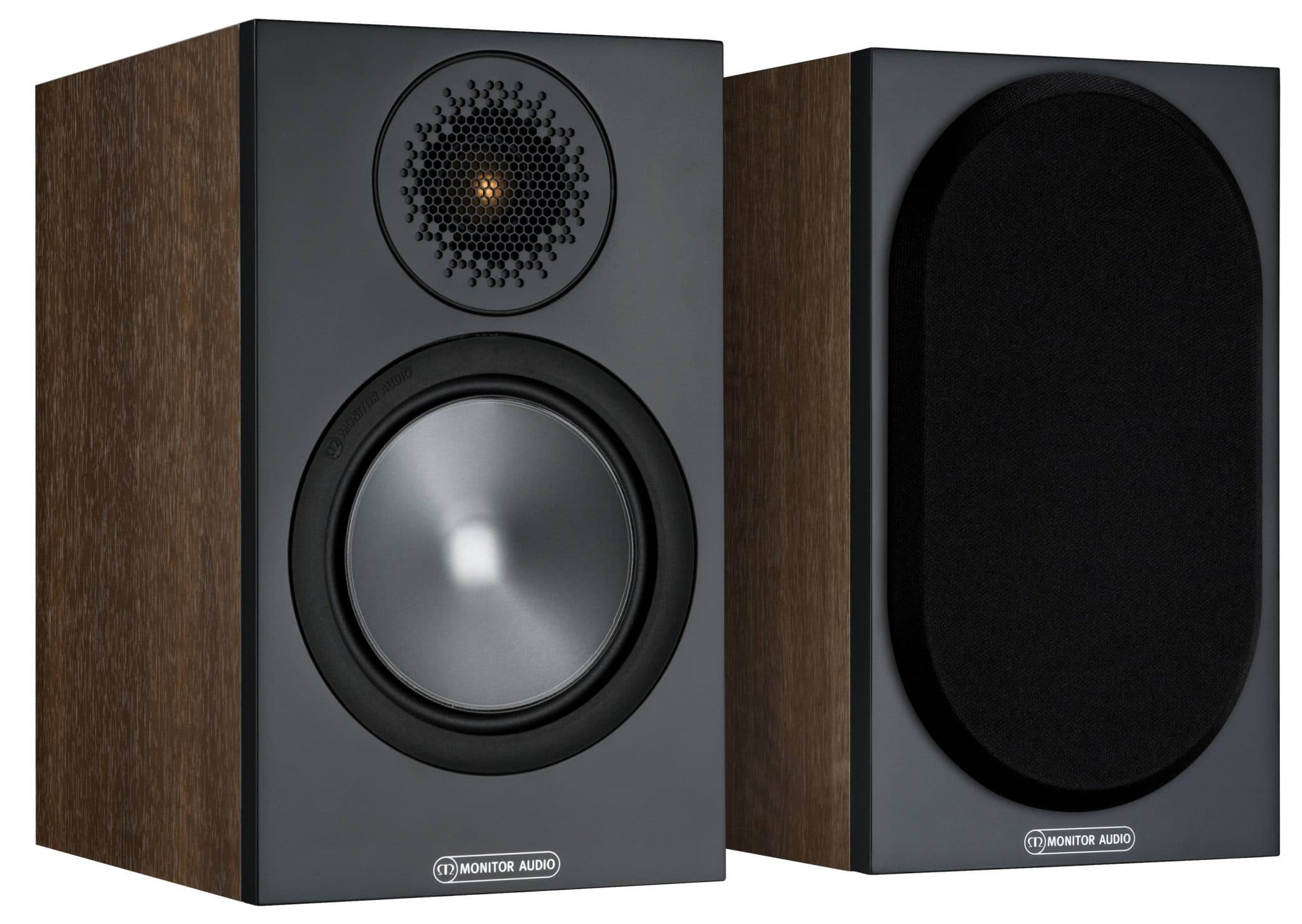
Now entering its sixth generation, Paul Rigby reviews these new stand-mounted designs
Blimey the Bronze 50 speakers from the latest 6G range is a tough ask for Monitor Audio. Selling a pair of stand-mounted speakers for £250 and hoping to do well? And when I say that, I mean as opposed to doing just ‘ok’. Against the myriad of branded competition? This is one tough area. To do well and forge a profitable business in the under-£500 speaker market is, on the face of it, impossible. The challenge and potential rewards are two reasons why so many companies try, nevertheless. But this is also why even fewer succeed.
These 8 Ohm, 2-way speakers are part of the latest Bronze line up. The Bronze 50 speakers are the smallest designs in this sixth generation series.
So that means a new Uniform Dispersion Waveguide which combines with a C-CAM 25mm Gold Dome Tweeter. Note the “acoustically transparent” hexagonal dispersion patterns on the tweeter cover.
The company said that improvements include, “…the tweeter back cup. The consequence of this is reduced harmonic distortion by up to 37% below 4kHz, resulting in a cleaner, less distorted signal in the higher frequencies.”
A 140mm C-CAM mid-bass driver sits underneath. Here, “The new straight-sided conical diaphragm geometry found in the range has been designed specifically to reduce the effects of the naturally occurring ‘cone breakup’ resonance by giving a controlled and damped response. Colouration and distortion are significantly reduced.”
There’s also gold-plated terminals and Pureflow silver-plated oxygen-free copper internal cabling.
The speakers are fronted by magnetic cloth-covered grilles. A rear-mounted bass reflex HiVe II port enhances bass response. This new Bronze model also features a larger volume capacity, apparently further improving that bass response. We’ll see.
Featuring 85db sensitivity, you might think that these speakers need serious muscle to drive but any amplifier from 20W upwards will be fine.
Spanning 281 x 166 x 265mm and weighing in at 5kg each, speaker finishes include black, white, urban grey and walnut. I tested the greys. Oh and if you need these speakers wall mounted? There’s a fitting available to do just that.
THE MARKET
I must emphasise Monitor Audio’s task here with the new 50s. If there’s one thing I’ve noted about hi-fi under £500, its the absolutely cut-throat competition in that area. Over the past several years, hi-fi manufacturers have become adept at wringing every last ounce of worth from every single penny from their very limited build budgets. This is one reason why budget hi-fi has never sounded better and appears to improve year on year.
It’s fortunate that companies can do this because the margins on budget products are slim indeed so every last slice of sound quality matters. Also because budgets are now efficiently exploited, a few pounds extra in the kitty means a big difference in terms of final sound quality.
So you tend to find a significant change in sound when comparing £200 speakers to £300 speakers, for example. A greater change than contrasting a pair of speakers priced at £2,300 and then £2,400, for example. There is more wriggle room in higher-priced hi-fi. Mistakes are not punished as severely and the stakes are not as high.
Despite the fact that there are many fine speaker designs under £500, Q Acoustic has carved a very successful niche for itself. One reason is that it keeps overheads low is by renting testing facilities instead of investing in bespoke equipment which means that cash is saved and parts quality can be higher instead.
In this sector, Q Acoustic has ‘got it’ in terms of knowing what it takes to win at budget speaker creation.
This is why I have decided to test the Bronze 50s against a trio of Q Acoustic designs. If the Bronze 50 can, not even win out, but at least do well against this batch of designs, then it will be heartily recommended indeed.
SOUND QUALITY
I began with vinyl and span Eydie Gorme’s Spanish language album Cuatro Vidas (CBS), backed by the El Trio Los Panchos. I chose the track, Vereda Tropical. This is a low-key track with a contrasting upper frequency clarity and husky lower end from the vocal plus easy going backing harmonies, acoustic guitar and a range of easily masked secondary percussion.
Comparing these Bronze 50 speakers to my Q Acoustic 3020i reference models of exactly the same price, I was alerted how both designs flirted over the neutral line. The Q Acoustics leaned towards the warm but the Bronze 50s leant towards the cool. And that’s exactly it, nothing more than that. The Bronze 50s are basically neutral speakers but they are a tad leaner than the 3020i speakers.
What this did for the Bronze 50s was infuse the soundstage with air and space that allowed detail to tumble around the soundstage and for emotion to be grabbed and presented to the ear.
One very subtle yet very specific element in this song was indicative of the midrange insight from the 50s. It was a simple vocal action, something you might easily ignore. The lead vocal gave a long and continuous “Ooooooo.” sustain during different parts of the song. The 50s made me aware of the change from that long breath needed to sustain the “Ooooooo” and the change at the end of that when the singer, losing wind from her lungs, pauses to take a quick breath to sing the next word. That shock break. That ending of the “Oooooo” section and the taking of the breath was a more significant event on the 50s. The Monitor Audios said, “Hey, did you hear that? Did you hear what happened there?” That is, although the 3020i speakers traced the same detail, the 50s actively drew the ear to it. It pointed at the detail. The 50s elevated a minor action into something of importance.
The sonic differences between the Bronze 50s and the 3020i designs were quite fascinating. Because they danced on the point of a needle.
For lower frequencies, the 3020i speakers tipped the Gorme low registers into a pigeon hole called ‘sexy’ while the Bronze 50 designs labelled the same registers as ‘emotive’. The Gorme voice via the Bronze 50s had an extra spring in their step. There was more energy. The 3020i speakers smouldered at you. The Bronze 50 speakers gazed at you with a mischievous twinkle in their eyes. There was pep and spice form the Monitor Audios. They didn’t sway their hips like the 3020i speakers, the 50s were on their toes, ready to leap and bound and tap dance across the stage like Gene Kelly.
Hence the mids from an acoustic guitar here offered more twang and metallic crispness while the bass had greater impact and tonal balance.
The great space on the soundstage also meant that the Monitor Audio designs offered improved instrumental separation. That is, you heard gaps between instruments. Because of that, you tended to hear detail around the edges of instruments. Where and how they started and stopped. This precision enhanced the overall clarity from the speakers as a whole.
IAN DURY
I then changed tacked moved to the 2008 Edsel CD box set, Ian Dury & The Blockheads: The Stiff Singles, Promos Videos and Peel Session, I selected the single, Hit Me With Your Rhythm Stick. This has a slightly forward midrange, exacerbated by sax and vocal crescendos. I wondered how the 50s would cope.
Apart from being reminded about the quality of The Blockheads themselves as a rhythm section – what a band! – what grabbed me about the Monitor Audio 50 speakers was this. Firstly, they will not varnish issues with your masters. If you have a bad pressings then 50s will tell you about them. Then again, whatever is left over, the 50s will then work hard, giving you the best possibly rendition of that music.
So sure, this track verged on the bright because that was the result of the original master but the Monitor Audio 50 speakers still provided detail, in general terms, that was quite breath taking. The bass guitar performance was Oscar-winning, the piano was resonant and full of passion and, for possibly the first time from speakers at this price point, I could really hear the organ twisting and curling around this song like a crazed python on speed.
The Monitor Audio Bronze 50 speakers also retained the 3D soundstage effect of the CD source while presenting a thumping bass to drive the whole lot forward. The 50s pointed at this track and say, “Hey kid? You got issues here but never mind, I’ll still make you want to dance around the room, anyway. Mr Guitar? Hit it!” And away we go to the Land of the Head Nod.
So what if you think to yourself, “I won’t bother paying the full £250, I’ll dish out £150 for a pair of the original Q Acoustic 3020 speaker instead.”
What happens, then? Well, the original 3020 speakers are a class act and are highly recommended at £150 but they don’t provide the quality that you hear from the Monitor Audio Bronze 50 speakers.
The effects were broad with the 3020 speakers offering plenty of detail while the 50s took things a step further at each turn. Mids provided a good quality dynamic reach on from the 3020s but the 50s pushed a tad higher. Bass was rhythmic and massy for a cabinet of the 3020’s size yet the 50s provided a more effective punch and impact, giving the song a drive. So yes, the 3020 speakers were super duper for the price but the extra £100 from the Monitor Audios gave you £100 more information. Again, it’s that efficient budget thing I mentioned earlier. You pay for what you get.
Does that follow from the Q Acoustics 3030i designs too? More expensive than the Bronze 50 speakers, the 3030i designs are a noted rung up the quality ladder with a more mature, grown up sound. Mids offered an organic response with secondary percussion bathing in a mouth-watering realism from the 3030i designs, acoustic guitars had a 3D quality about them and the vocals were more rounded and nuanced. Again, the price point doesn’t lie here. The 50s couldn’t cope but then again, that’s absolutely no surprise. They were not expected to.
There’s a law of the jungle in the budget speaker arena and the Monitor Audios were sticking close to it.
CONCLUSION
Quality speaker designs under £500 have one thing in common, when they are assigned an initial build budget, a good design will take full advantage of it. A top notch set of speakers will get the very most from every penny it can eat. That can be seen above, during the speaker comparisons. Each model pushed the envelope as far as its price point would allow.
What the Monitor Audio 50 speakers do though is to provide you with a specific and definite choice in sonic direction. And it’s one you should get excited about. You really should. The Monitor Audio 50s really surprised me. They are lively and nimble, with a delicious blend of midrange insight and pace, a spacious soundstage and surprisingly massy bass for its cabinet size.
I thought the 50s would be…fine. OK. Decent. No. They are much more than that. They are brilliant little designs that will get the most from any quality budget front end you care to attach to them.
MONITOR AUDIO BRONZE 50 SPEAKERS
Price: £259 per pair
Tel: 01268 740580
Website: www.monitoraudio.co.uk
BUY HERE:
USA – https://amzn.to/3bDUFdG
EUROPE – https://amzn.to/3eB9I9Y
GOOD: midrange insight, clarity, bass response, small stature, spacious soundstage
BAD: nothing
RATING: 9
[Don’t forget to check out my new Patreon Page at www.patreon.com/audiophileman, for exclusive postings, giveaways and more!]
REFERENCE
Rega RP1 turntable
Rega RP3 turntable
Spendor S3/5R speakers
Tellurium Q cabling
Blue Horizon Professional Rack System
Harmonic Resolution Systems Noise Reduction Components

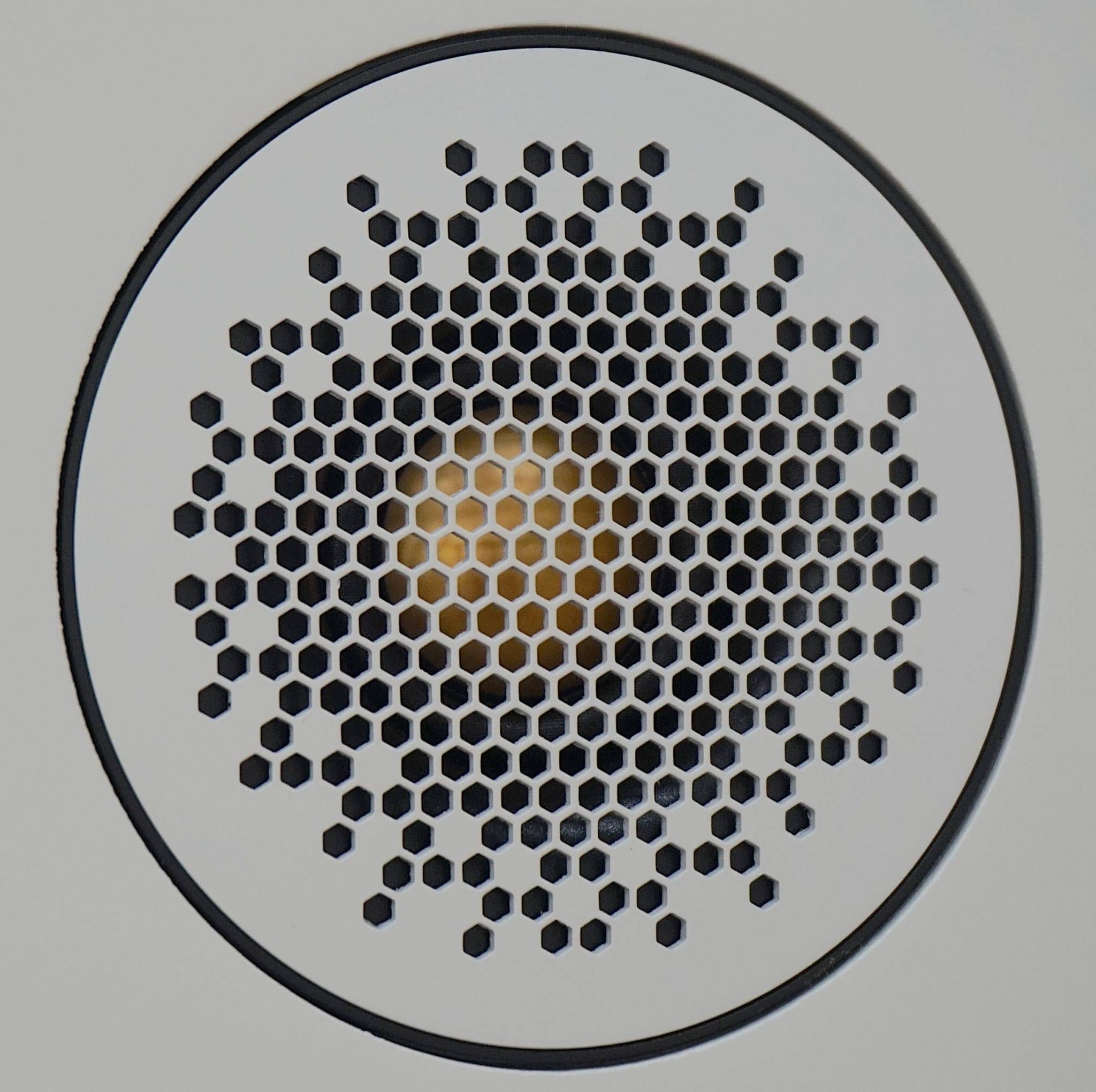
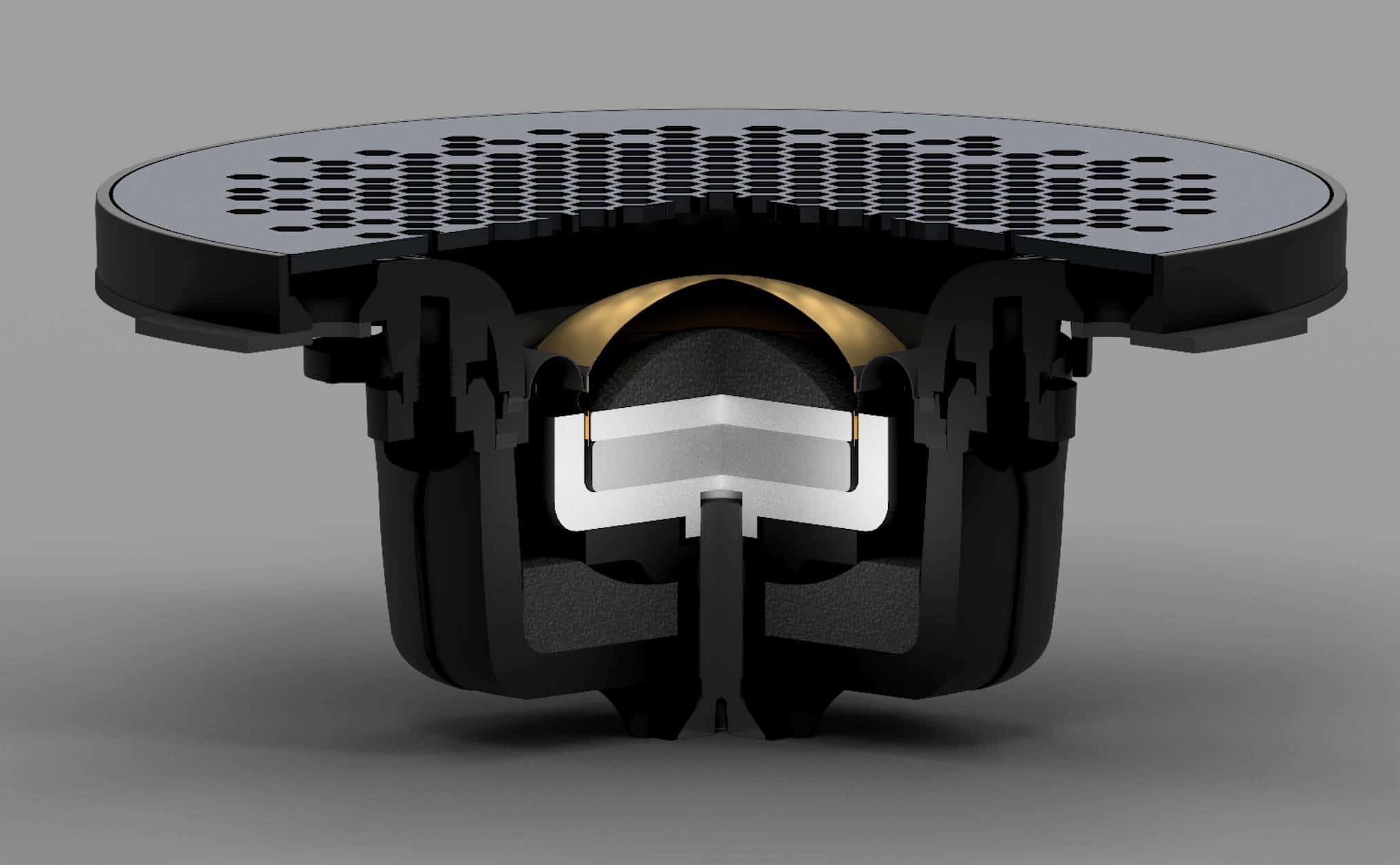
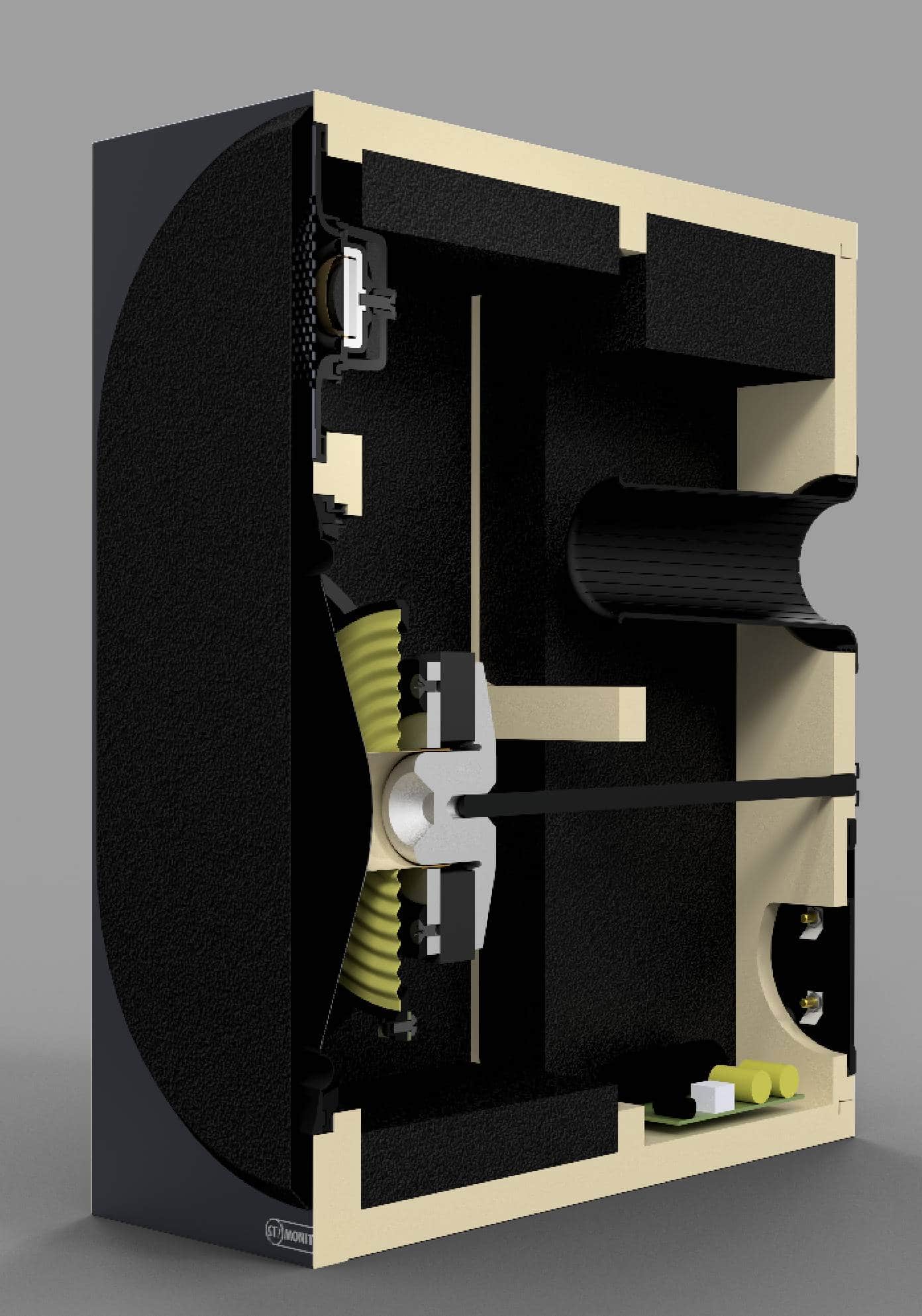
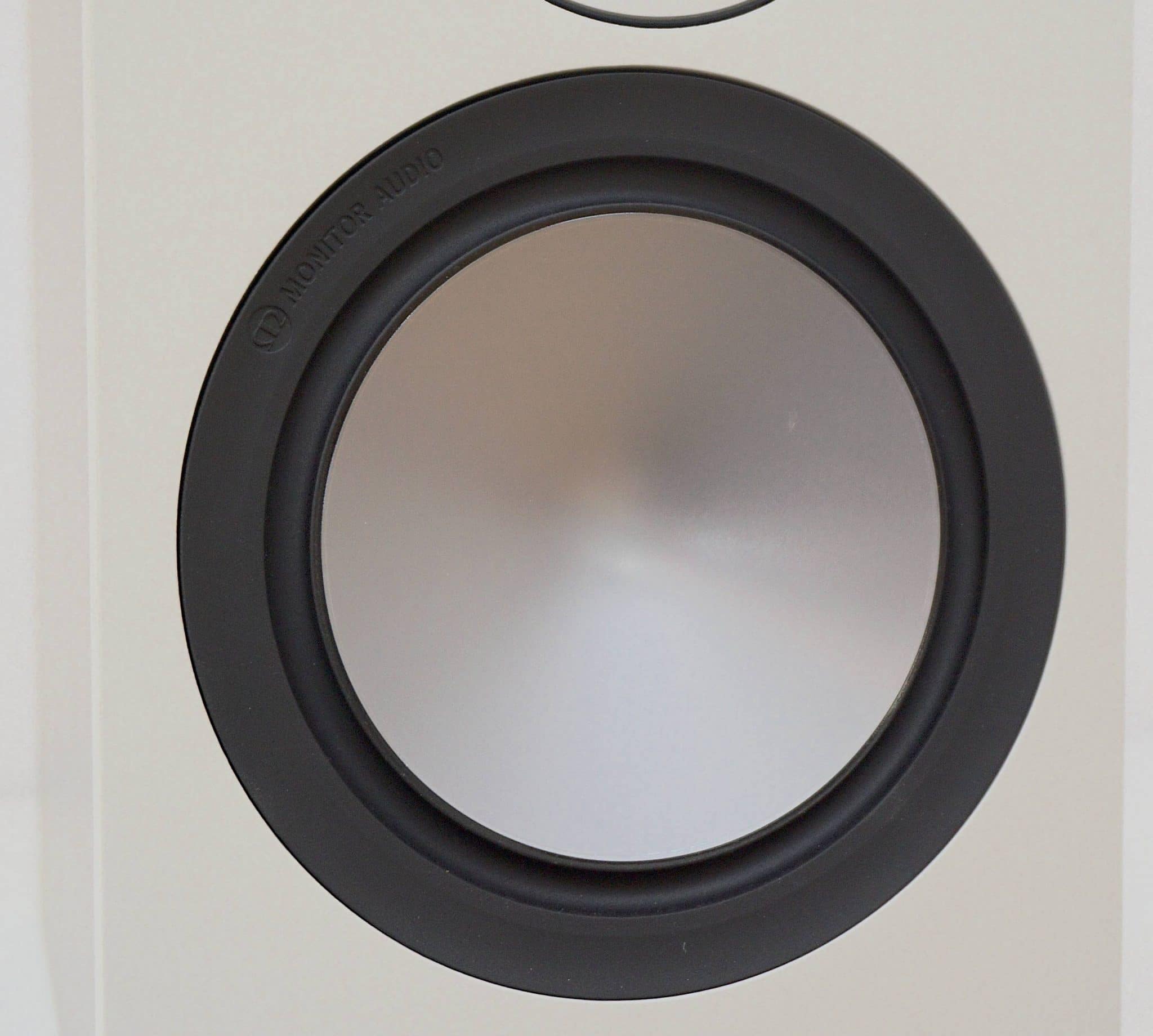
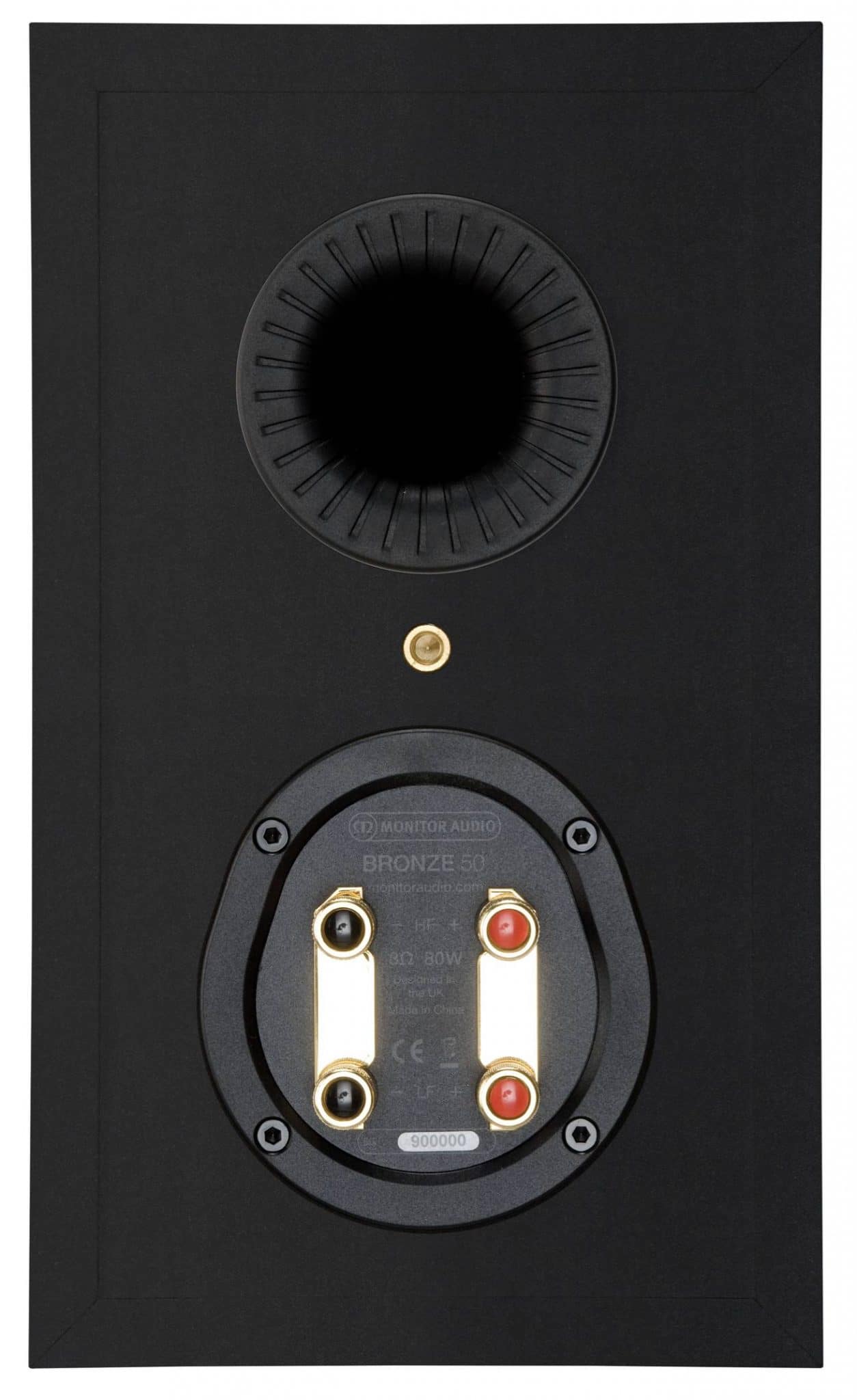
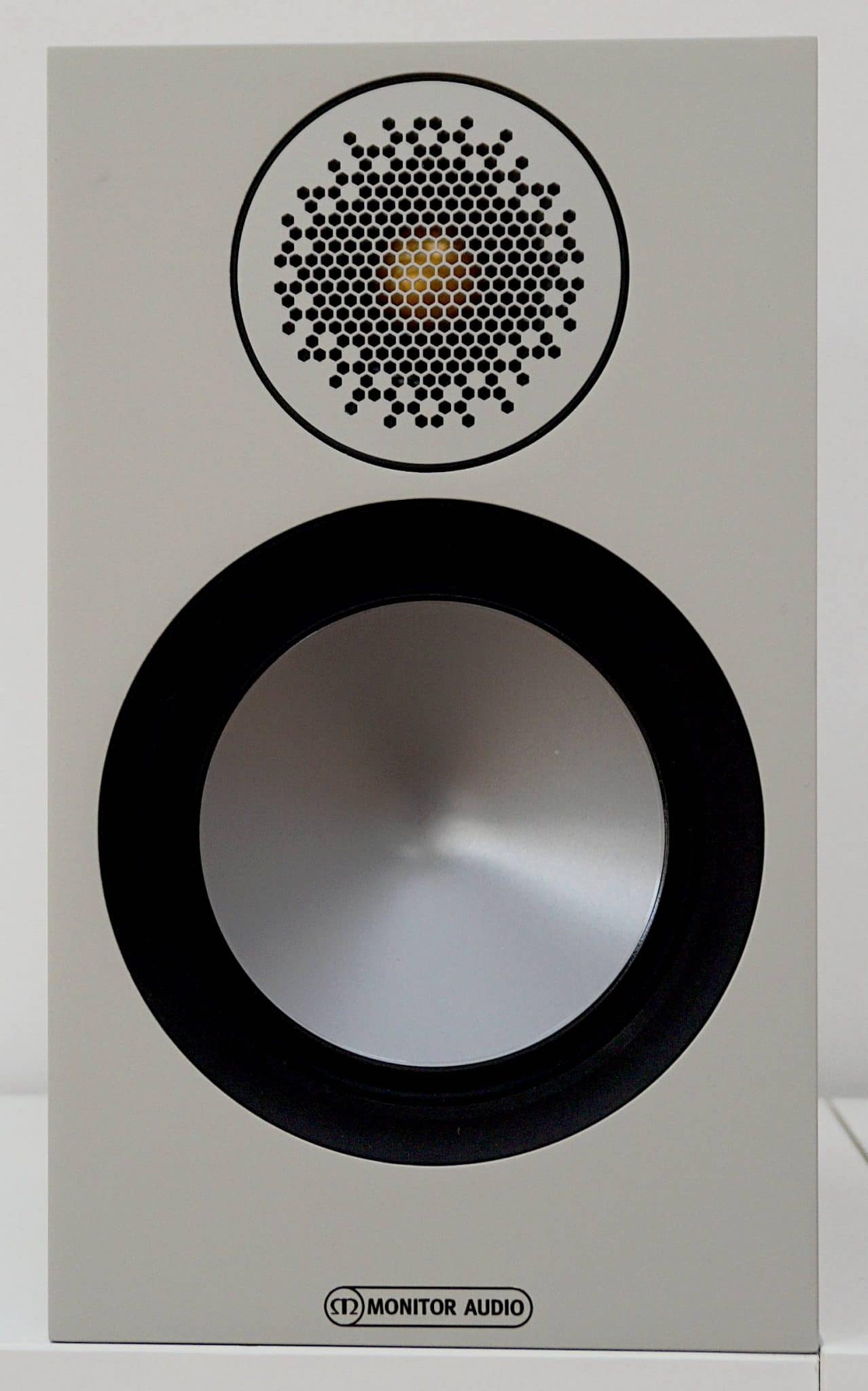
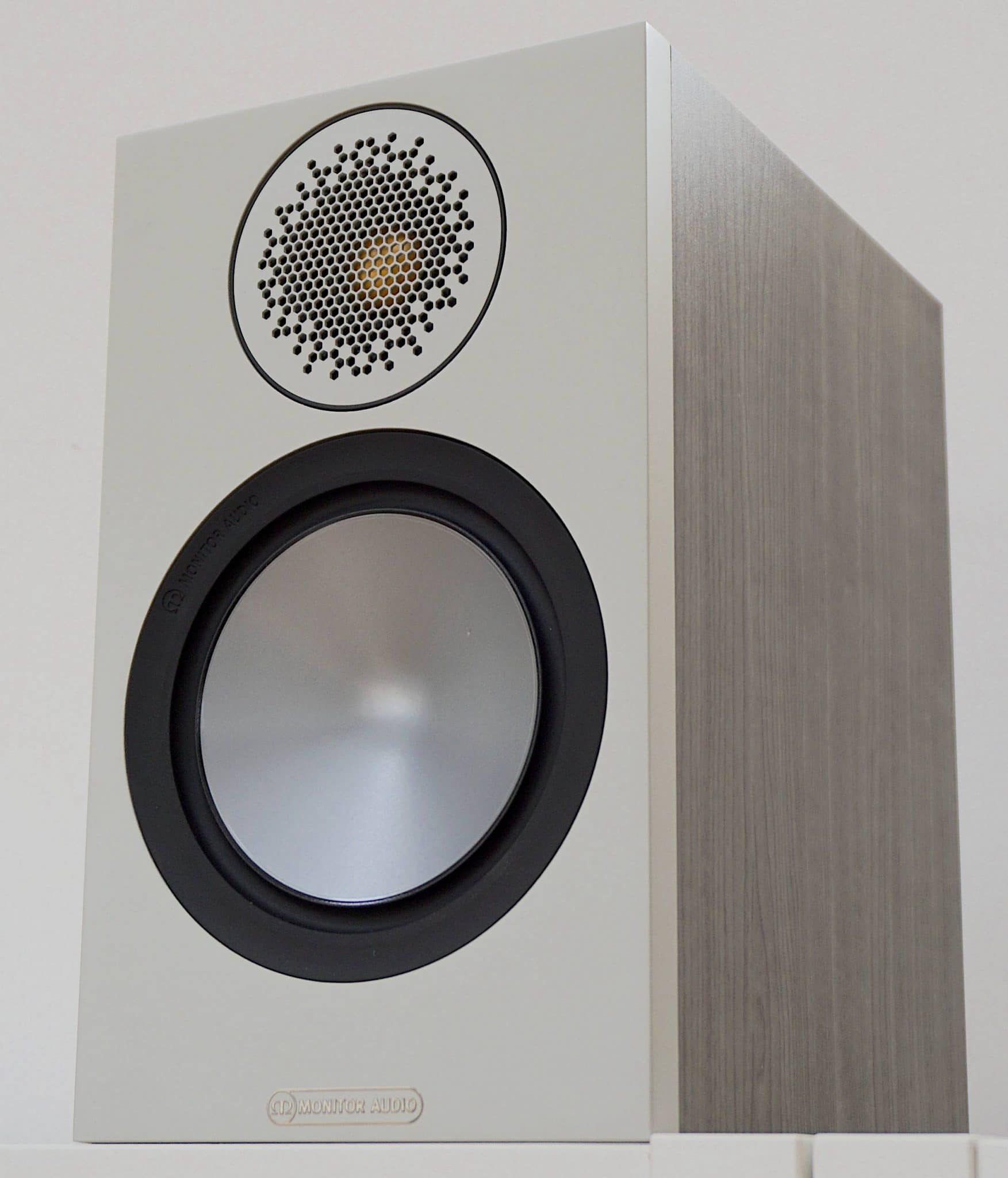
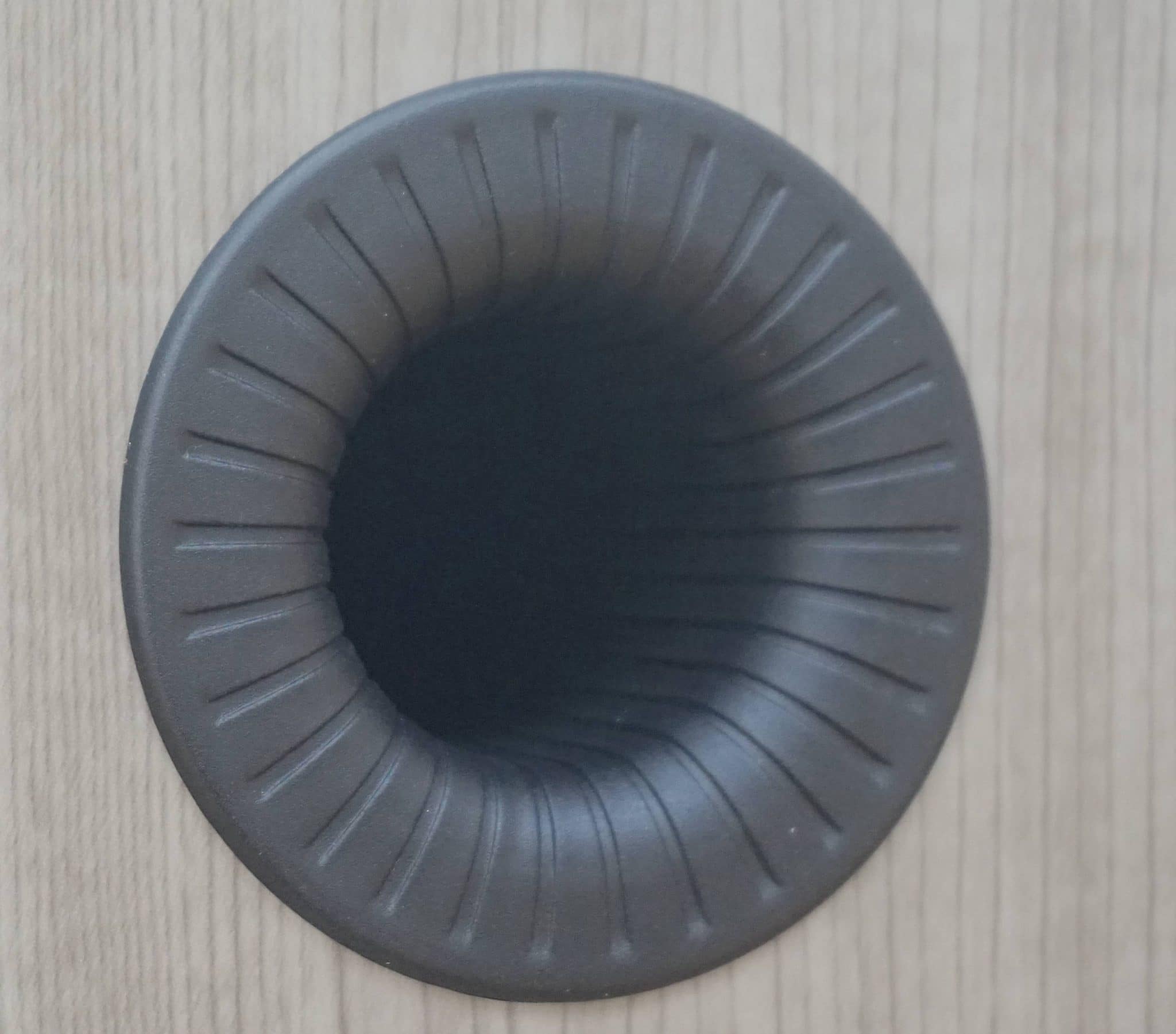
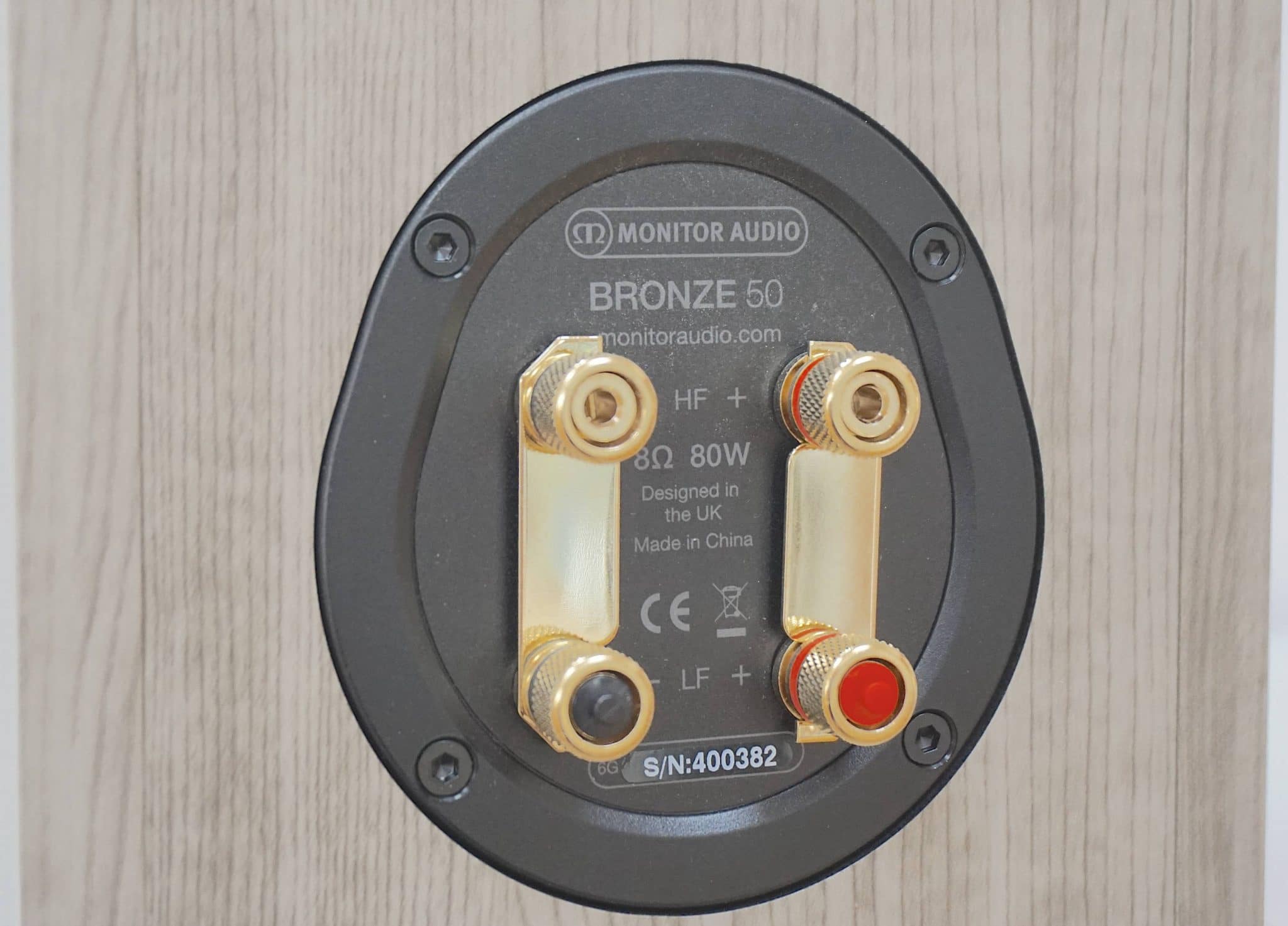
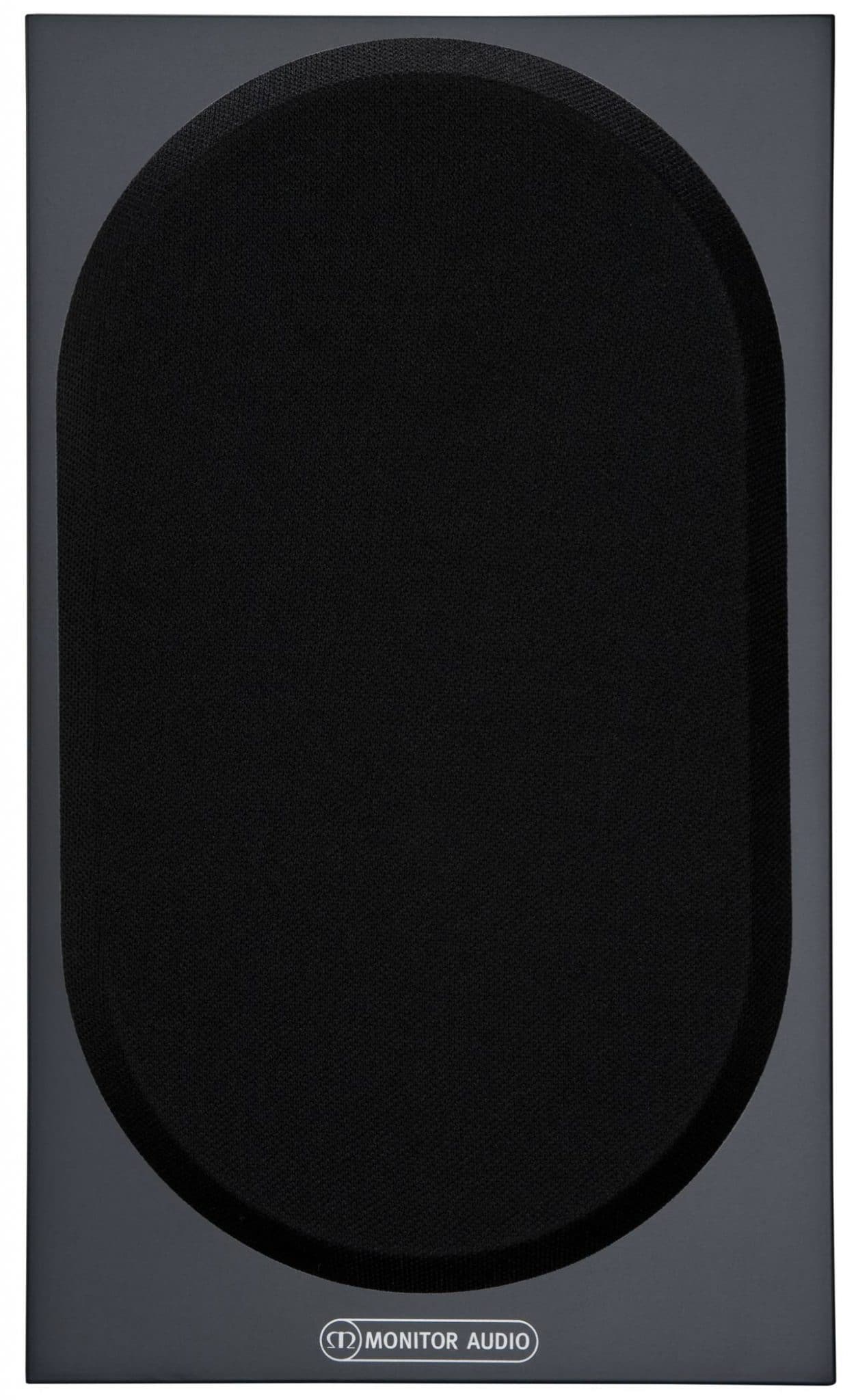
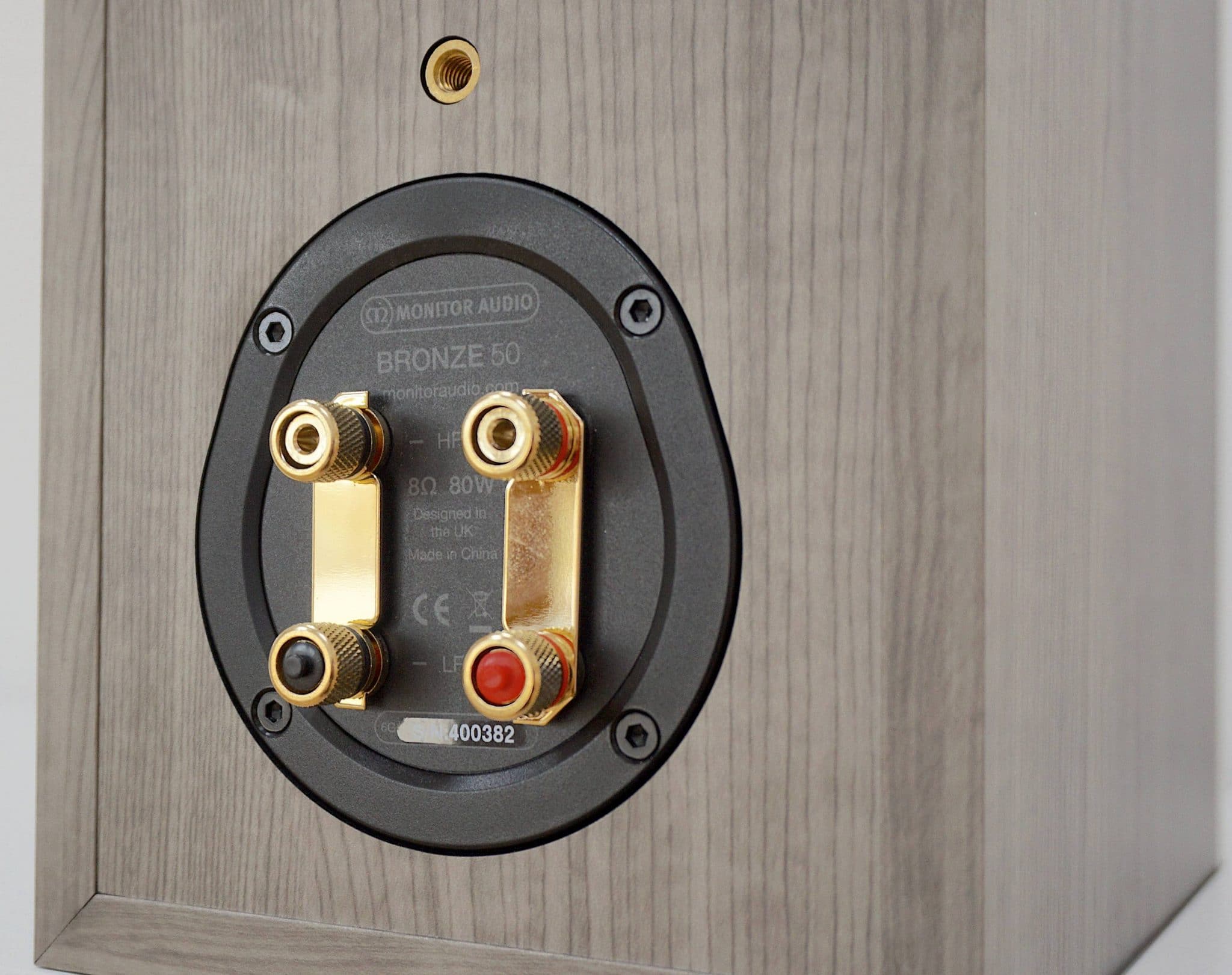
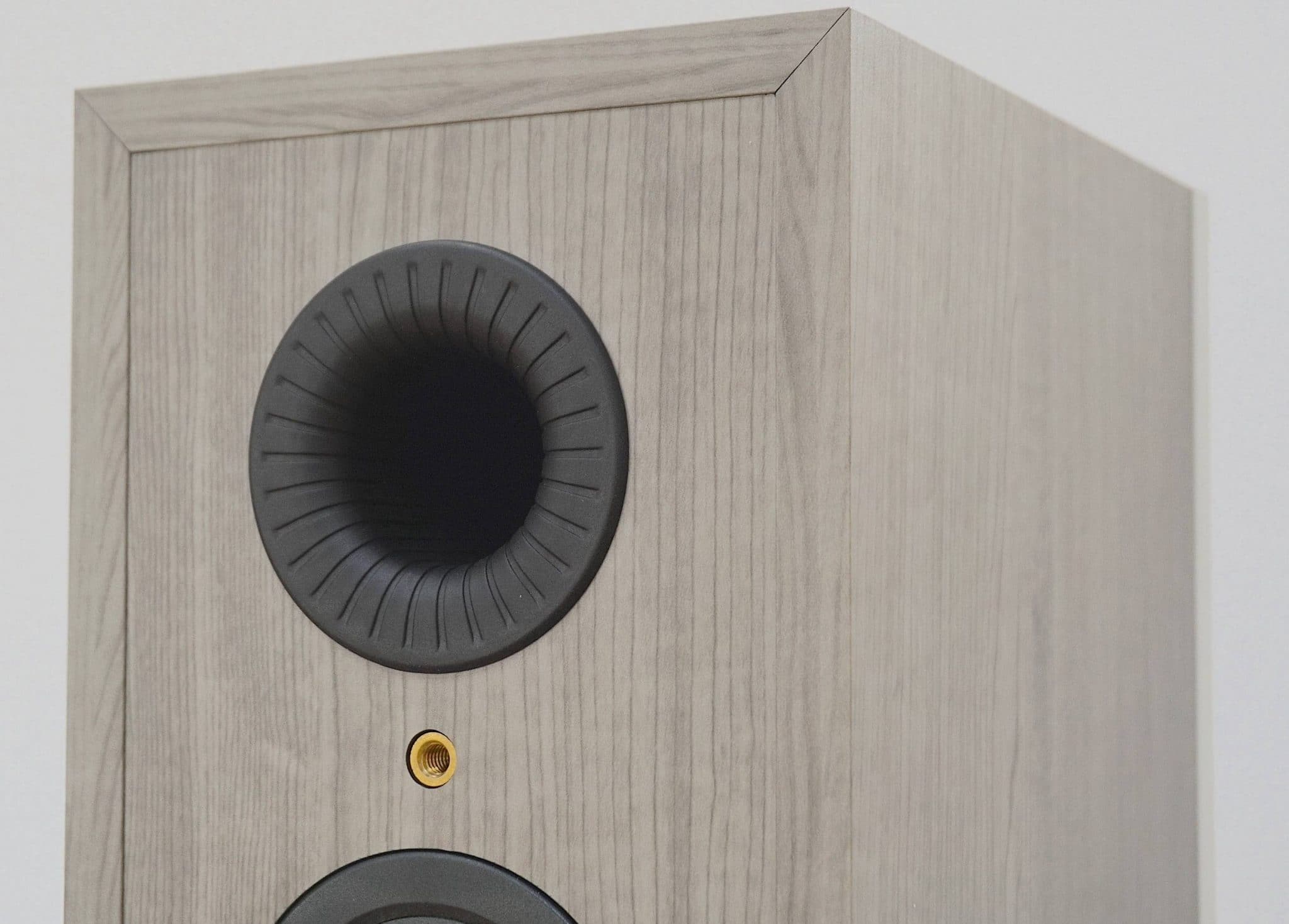
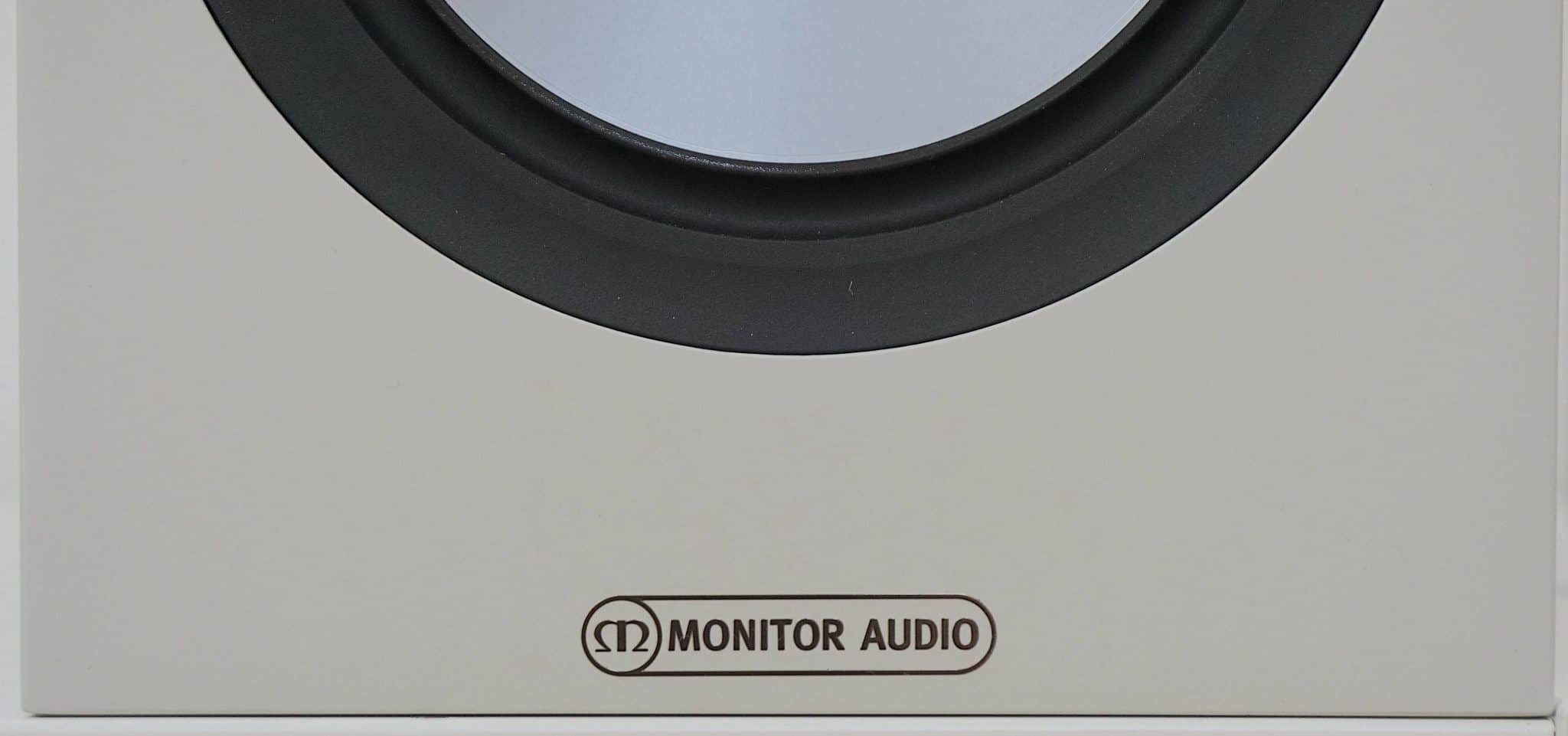
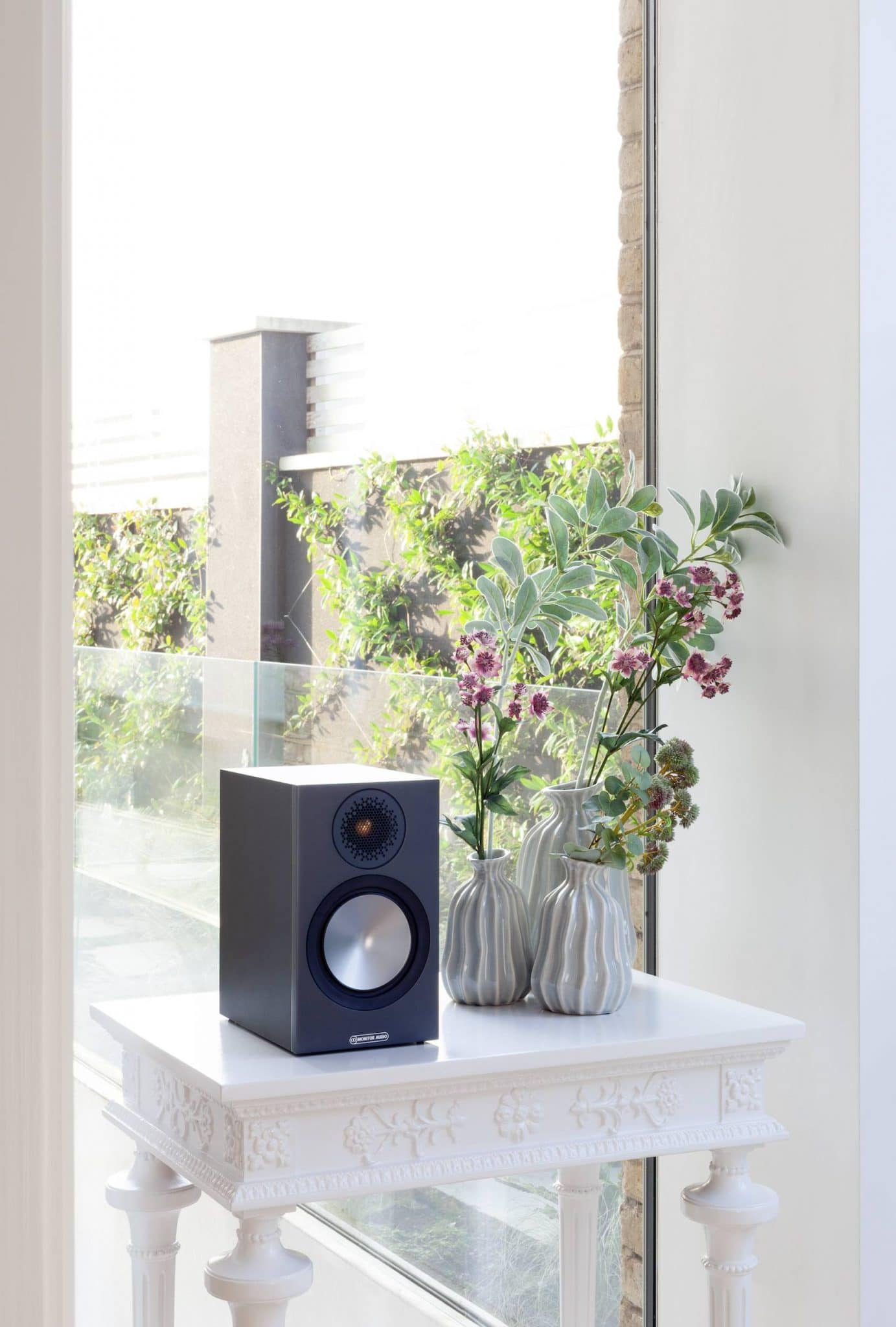
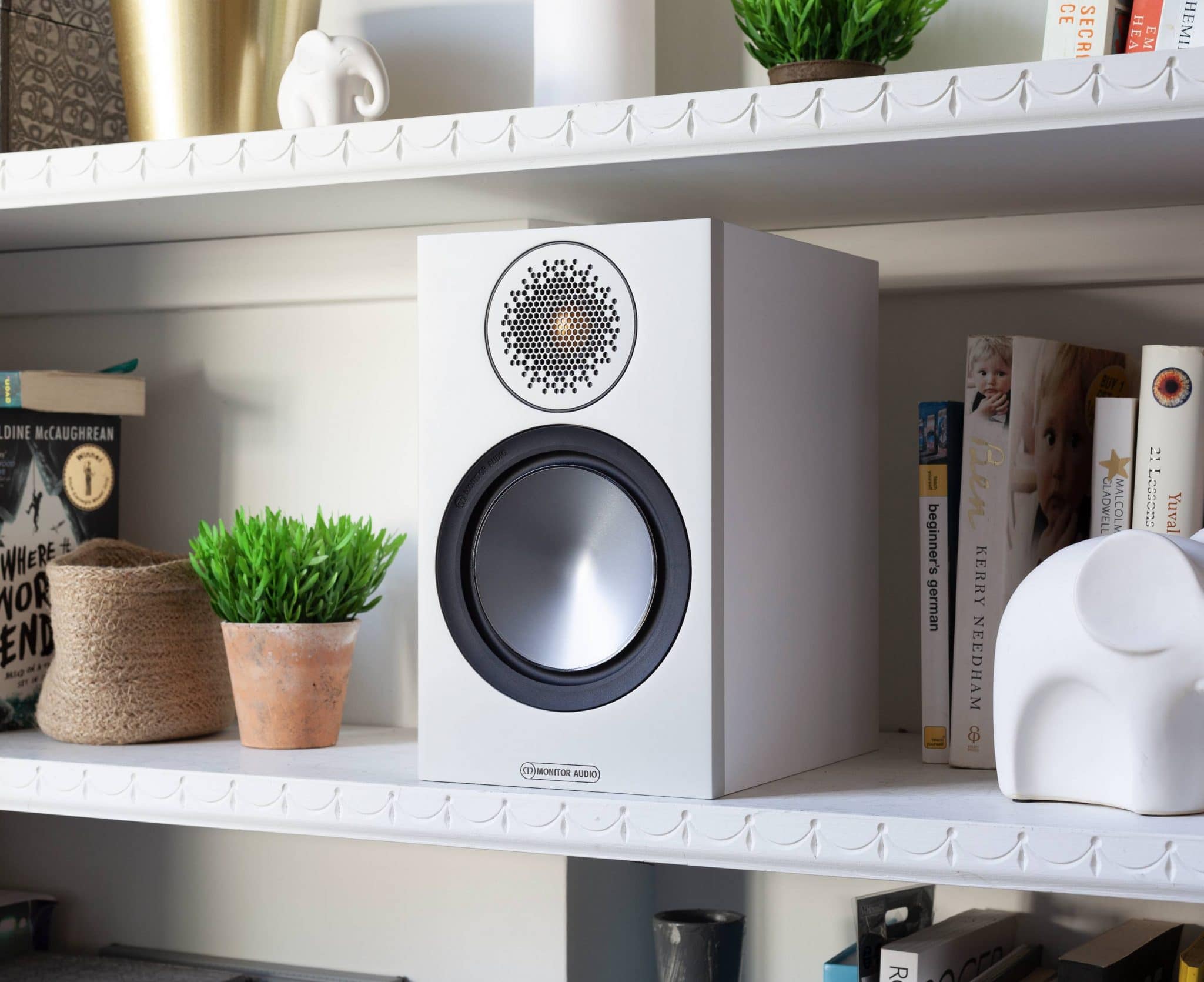

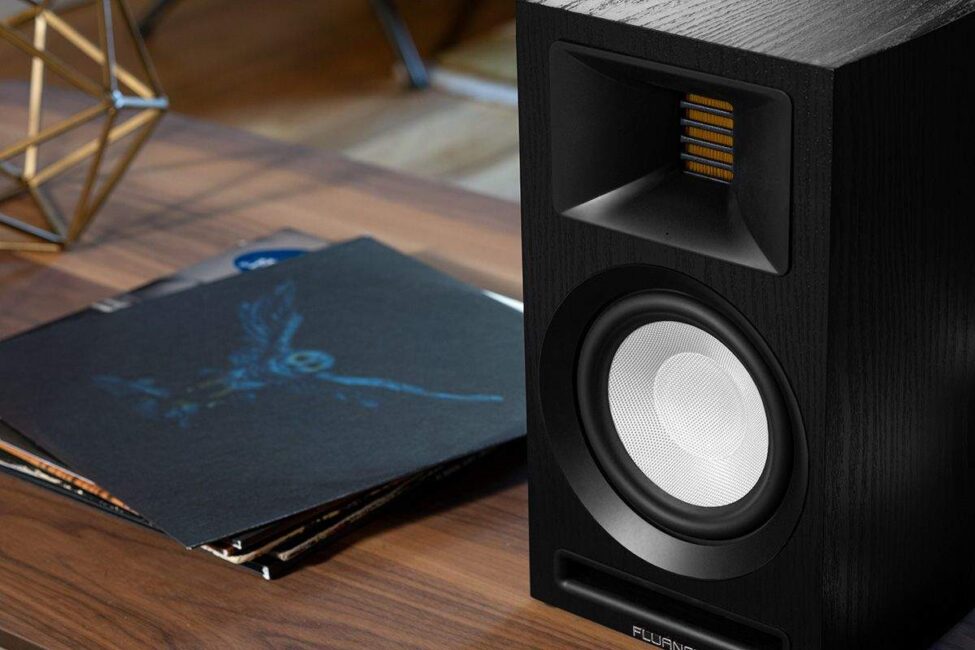

Dear Paul,
Would the Bronze 50’s be a nice match for the Audiolab 6000A to create an entry level system? Or would it be better to spend some more budget on the speakers, so that they match the qualities of the 6000a a bit better(like eg add another 200 to 300 euro in total?)? Placement in my room will be not far from walls,.
Best regards Joeri. Love reading your reviews.
Hi Joeri – the 6000A is an ideal choice. I’d always recommend opening more on the source side, downwards. So more on the turntable, then phono amp, then main amp, then speakers. That direction. And thank you for your kind words.
Good day Uncle Paul,
I bought the Martin Logan 15i speakers based on your review. I love them. From time to time, I like to switch to different pairs of speakers just to keep things interesting. In another video you said the 15i and 3030i were pretty close in sound quality, though are slightly different. Knowing I am used to sound quality of the 15i speakers, do you think I would be pleased with Monitor Audio Bronz 50 in my speaker rotation? Or would you have another suggestion? Best Regards
Hi Scott – depends on your budget.
Hi Uncle Paul, $1200 US thanks
For that budget – I would look at these: https://youtu.be/cjiGvchKwok
Uncle Paul, I would love to try them and experience the big sound. Unfortunately, they are too heavy for me to lift in my situation. I need to stick with smaller speakers. I use a subwoofer that I control with a smartphone app. Thanks
Hi Scott – so weight is important? OK, the 50s would work well for you then. Have a think about these too: https://theaudiophileman.com/diamond-12-1-speakers-review-wharfedale/
Thank you for your recommendations, Uncle Paul and I am considering them. You spoke about the magic you were getting with the silver 100s, and you attributed it mostly to the large 8″ driver. Have you heard the Silver 50s? If you have, do you believe the Siver 50s would be give me the magic of the Silver 100s if used correctly with a subwoofer? Are the Bronze 50s equivalent to the Silver 50s in sound quality? Thanks again for help.
I haven’t reviewed the Silver 50s but if I examine my experience with the range, I would guess that the Silvers are superior Scott.
Uncle Paul, I ordered the Wharfedale Diamond 12.1 – Thanks for your suggestion!
Update: thank you for all your suggestions! I appreciate them.
Hi,
Reread your reviews for a couple of times and I quite agree with what you said:for the price these Bronze 50 are quite a steal!I came back to vinyl in 2015 when I retired from teaching and I went from homemade kind of speakers by using my Libratone Zipp nomad speaker to some tiny bookshelves to finally poured my wallet from a 600$/canadian to get these and since then never looked back.I listened primarly to jazz and they made me listened from a new perspective my vinyl collection especially my “So what” from KOB by Miles Davis at around 1min.34sec. when the drummer whit his cymbal:nirvana sound!